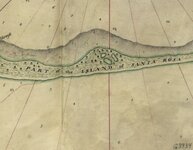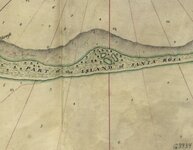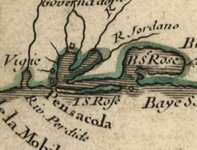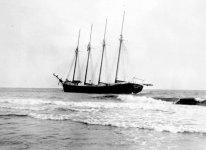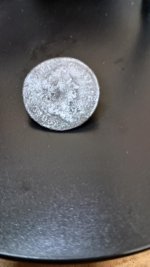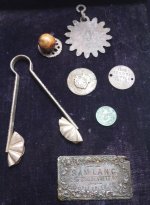pcolaboy
Hero Member
My grandfather thinks it was an old coastal steamer that was used as a target ship from the WWII era that broke loose from it's moorings in the gulf during a storm and washed ashore. But there have been so many ships washed up along our coast over the years that this may not be the same exact one.
Either way it would be a fun dive or snorkel but would be a little pricey on fuel running from Pensacola Pass. Just have to pick a calm day with it being right in the surf zone.
Either way it would be a fun dive or snorkel but would be a little pricey on fuel running from Pensacola Pass. Just have to pick a calm day with it being right in the surf zone.



